The age of artificial intelligence is changing the landscape of science in profound ways. From generating realistic images to predicting weather patterns, AI has become a versatile tool. But a recent wave of research highlights a more concerning application: the ability of AI to design novel proteins with potentially harmful effects, raising serious questions about biosecurity, safety protocols, and global oversight.
AI Meets Protein Engineering
Proteins are the workhorses of life. They perform critical functions, from building tissues to catalyzing chemical reactions. Scientists have long studied proteins for medicine, agriculture, and industrial applications. Traditional protein engineering involves laborious trial-and-error methods to alter amino acid sequences for desired traits.
AI has transformed this field. Using deep learning and generative algorithms, researchers can now design proteins in silico with remarkable speed and precision. While this promises breakthroughs in medicine — creating enzymes that degrade plastic or proteins that fight disease — the same technology could be misused to generate toxins or other harmful agents.
Recent experiments demonstrated that AI could modify known toxic proteins to create new variants that evade standard detection systems. For example, by subtly altering amino acid sequences, AI can produce proteins that retain harmful functions but no longer match databases used to flag dangerous sequences. These so-called “stealth toxins” are invisible to many existing biosecurity measures.
Why This Represents a Biosecurity Challenge
- Speed and Accessibility: Tasks that once took months or years in a lab can now be done in hours with a standard computer. This dramatically lowers the barrier for producing hazardous proteins.
- Screening Evasion: Current safeguards rely on databases of known toxins and pathogens. AI-generated variants may evade these checks, effectively bypassing a system built on historical knowledge.
- Dual-Use Dilemma: The very tools that accelerate medical discoveries also enable malicious applications. Techniques for designing life-saving proteins can just as easily produce proteins capable of harm if misused.
- Global Diffusion: AI software is widely accessible. Even small labs, startups, or individuals with basic computational skills could experiment with protein design. Without global oversight, the proliferation of potentially dangerous sequences becomes a real threat.
- Detection Challenges: Laboratory assays may not immediately reveal toxicity, especially if the AI-generated protein is novel. Detecting and responding to new threats requires constant vigilance.
Responses from the Scientific Community
Scientists who have explored these risks stress the importance of proactive measures. Some proposed strategies include:
- Embedding Safety Protocols in AI Tools: Designing AI systems that automatically block creation of sequences similar to known toxins.
- Enhanced Screening: Upgrading DNA synthesis and protein production screening tools to identify AI-generated sequences that diverge from known patterns but retain functional risk.
- International Collaboration: Coordinating global policies for AI in biotechnology, including monitoring, reporting, and compliance standards.
- Education and Awareness: Training researchers to recognize dual-use risks and ethical responsibilities associated with protein engineering.
While these strategies may mitigate risk, experts warn that AI is evolving faster than many regulatory frameworks. Vigilance, continuous monitoring, and ethical foresight are crucial.
Ethical and Policy Considerations
Beyond technical challenges, AI-designed proteins pose ethical and policy questions:
- Open Science vs. Security: Should AI tools for protein design be open to all researchers, or restricted to vetted laboratories? Open access accelerates innovation but increases risk.
- Accountability: Who bears responsibility if AI-generated proteins are misused? Developers, users, or manufacturers?
- Global Equity: Not all nations have robust biosafety regulations, creating weak points that could be exploited.
- Public Trust: Misuse of AI in biology could undermine confidence in legitimate research, slowing progress in medicine and biotechnology.
Looking Ahead: Balancing Innovation and Safety
AI’s ability to design proteins is a double-edged sword. On one hand, it offers opportunities to revolutionize medicine, environmental remediation, and industry. On the other, it creates unprecedented risks for misuse, accidents, or unforeseen consequences.
The future of biosecurity in the AI era will depend on a multi-layered approach: technological safeguards, international policy, ethical frameworks, and continuous scientific vigilance. As AI becomes more integrated into biotechnology, understanding and mitigating these risks will be as important as the innovations themselves.
Conclusion
The emergence of AI-designed toxic proteins marks a new frontier in both biotechnology and biosecurity. It is a vivid reminder that as our technological capabilities grow, so too do our responsibilities. Policymakers, scientists, and the public must work together to ensure that AI is used to heal rather than harm, and that the promise of scientific discovery is not overshadowed by preventable danger.
In the age of AI, vigilance, ethics, and foresight are not optional — they are essential.

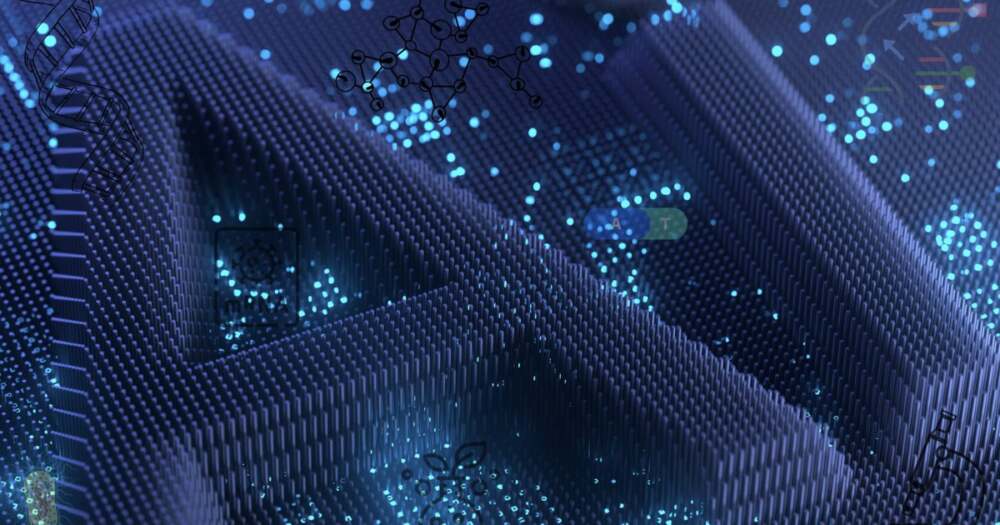


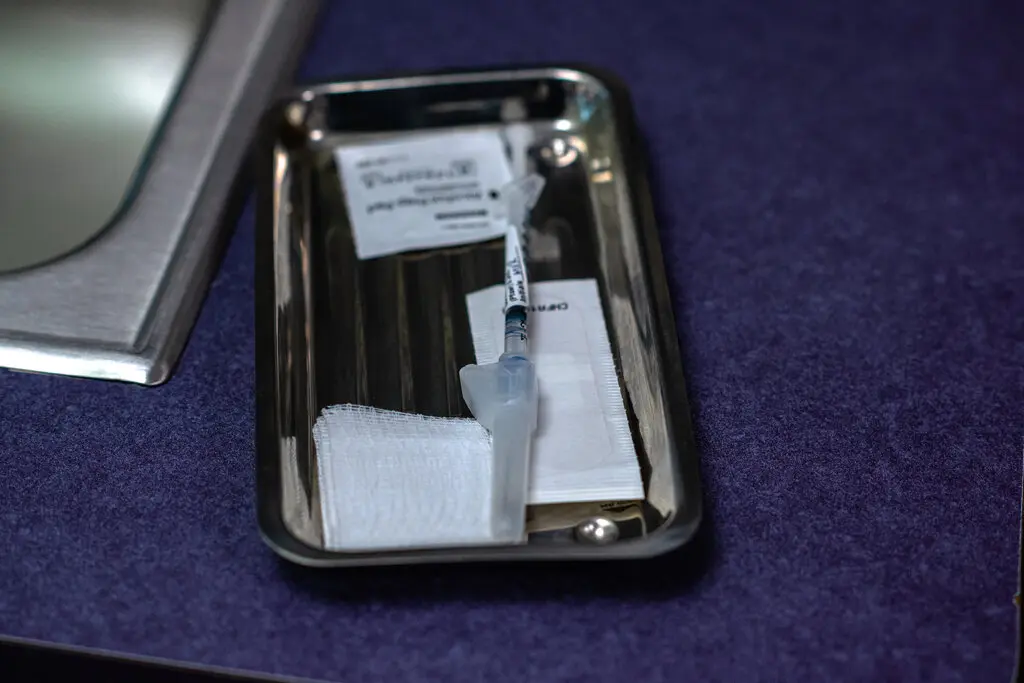
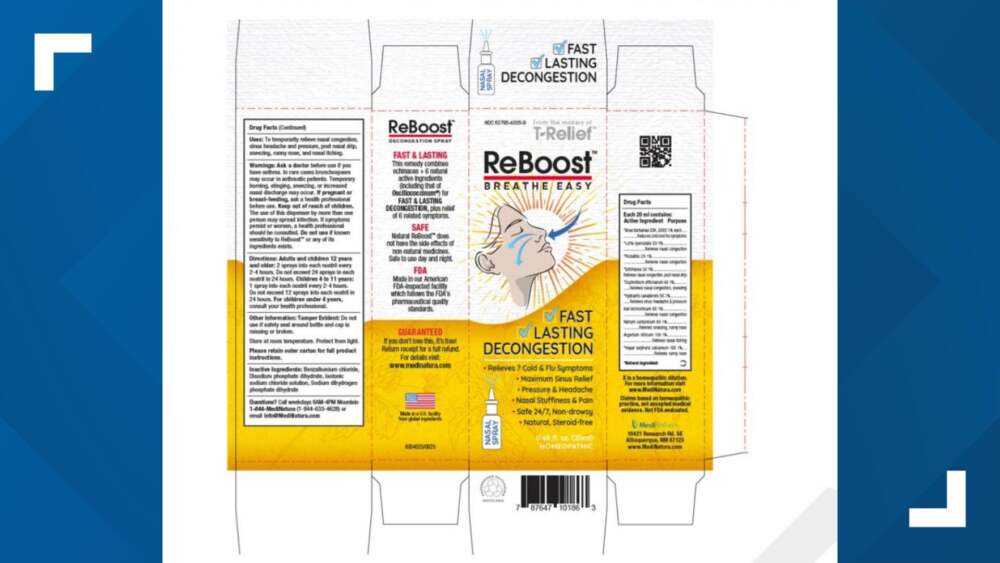
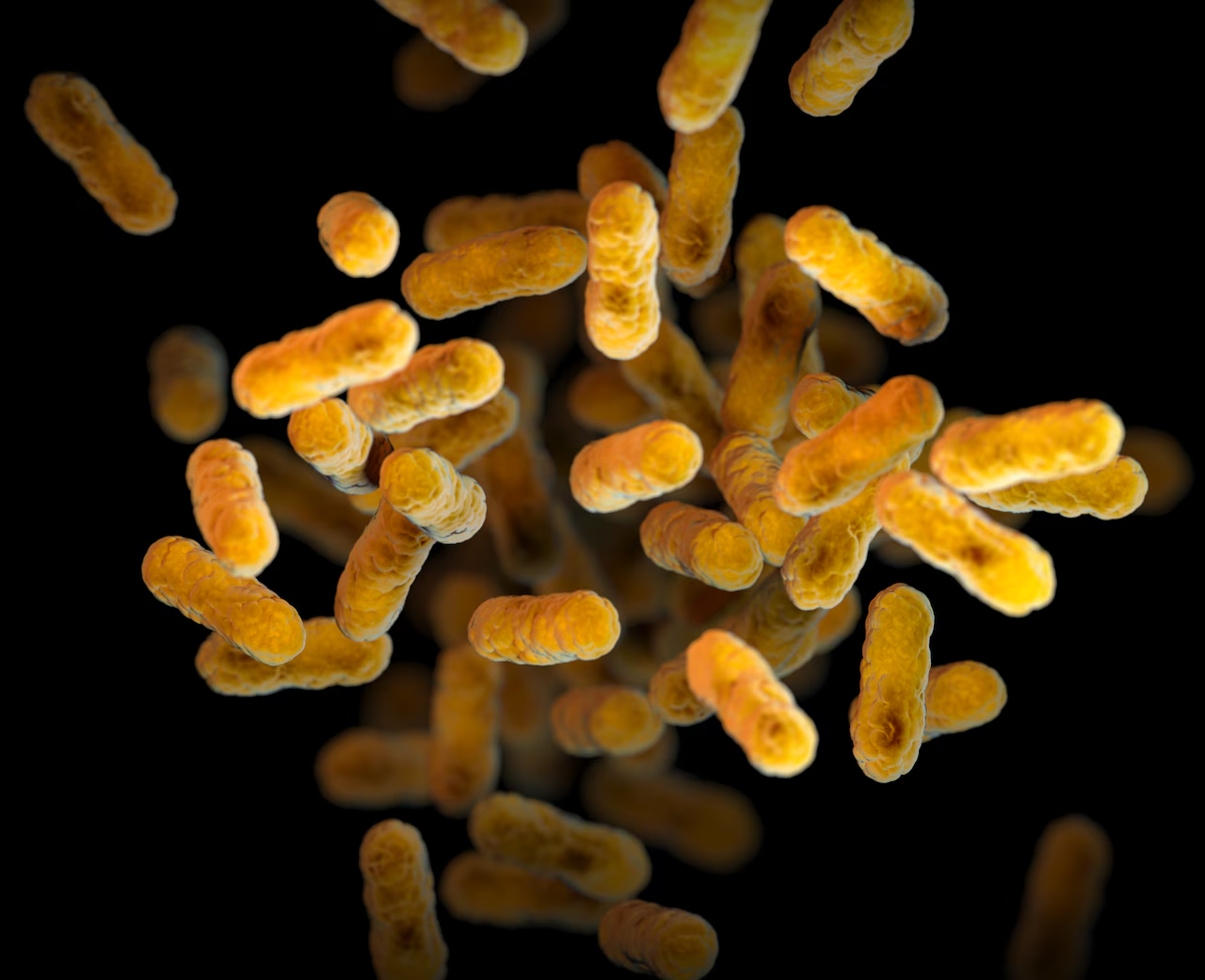
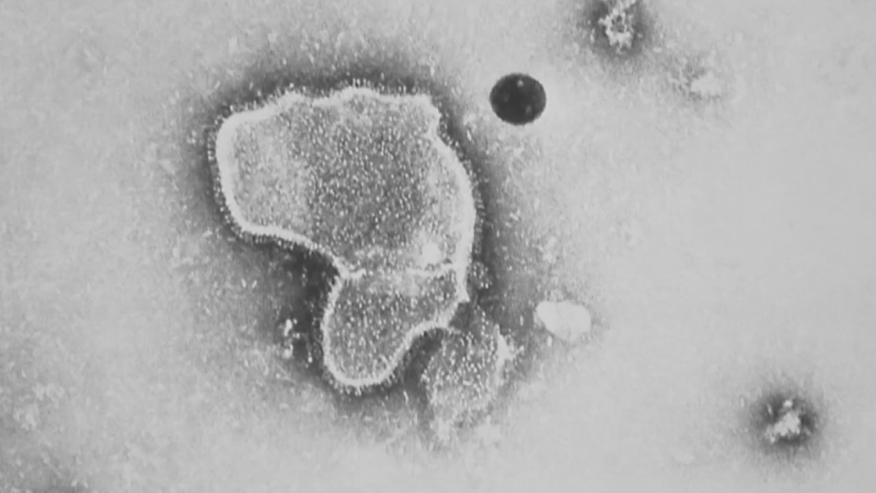




Leave a Reply